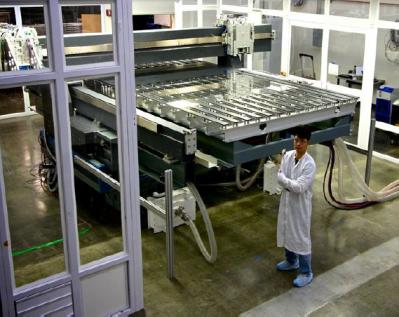Barry Young from the OLED Association gives us his views on the OLED market
 Several OLED markets are heating up - OLED TVs, Flexible OLEDs, wearables, OLED lighting, the automotive market... Barry Young from the OLED Association, one of the world's top OLED experts, was kind enough to offer his views and opinion on the OLED market.
Several OLED markets are heating up - OLED TVs, Flexible OLEDs, wearables, OLED lighting, the automotive market... Barry Young from the OLED Association, one of the world's top OLED experts, was kind enough to offer his views and opinion on the OLED market.
Q: What is your expectation from the OLED TV market in the next 1-3 years? Will LG be the only player (and if so what will be their capacity) or will Samsung and perhaps other enters the market too?
LG chose to implement the metal oxide/White OLED approach and has succeeded, where Samsung’s choice of LTPS/Small Mask Scanning (SMS) has proven too expensive to pursue even with ~80% yields.







